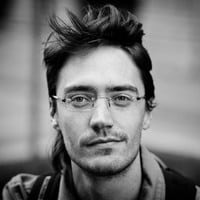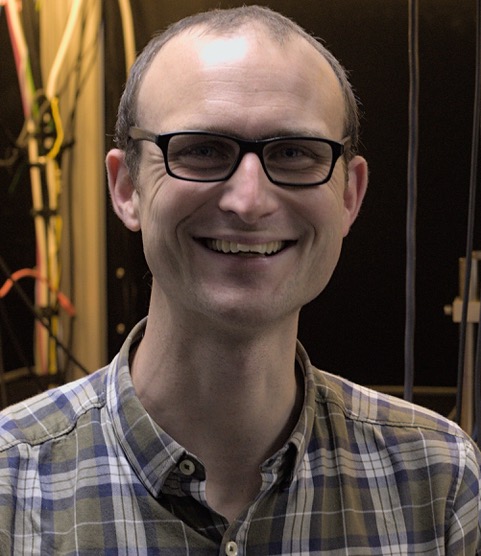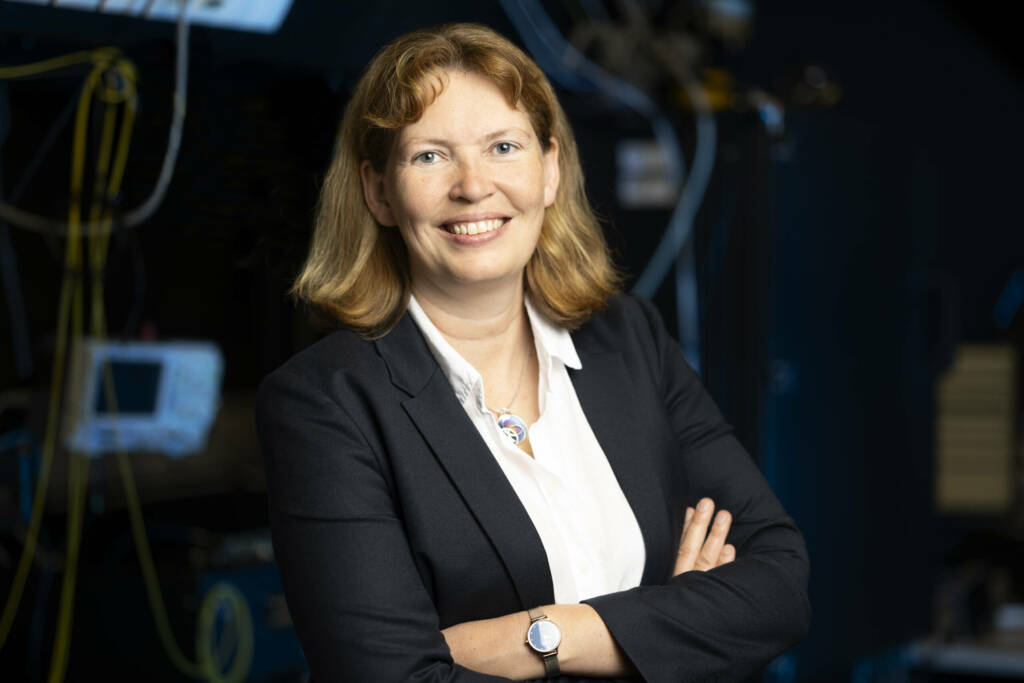I will present my recent work made in IQOQI. The main part of the talk is devoted to the quantum scanning microscope arXiv:1709.01530 (to be published in PRL) We propose and analyze a scanning microscope to monitor `live’ the quantum dynamics of cold atoms in a Cavity QED setup. The microscope measures the atomic density with subwavelength resolution via dispersive couplings to a cavity and homodyne detection within the framework of continuous measurement theory. We analyze two modes of operation. First, for a fixed focal point the microscope records the wave packet dynamics of atoms with time resolution set by the cavity lifetime. Second, a spatial scan of the microscope acts to map out the spatial density of stationary quantum states. Remarkably, in the latter case, for a good cavity limit, the microscope becomes an effective quantum non-demolition (QND) device, such that the spatial distribution of motional eigenstates can be measured back-action free in single scans, as an emergent QND measurement.In the final part of the talk I will present an overview of our ongoing work involving cold Rydberg atoms in regular arrays forming an optical antenna arXiv:1802.05592We describe the design of an artificial `free space’ 1D-atom for quantum optics, where we implement an effective two-level atom in a 3D optical environment with a chiral light-atom interface, i.e. absorption and spontaneous emission of light is essentially unidirectional. This is achieved by coupling the atom of interest in a laser-assisted process to a `few-atom’ array of emitters with subwavelength spacing, which acts as a phased-array optical antenna. We develop a general quantum optical model based on Wigner-Weisskopf theory, and quantify the directionality of spontaneous emission in terms of a Purcell $\beta$-factor for a given Gaussian (paraxial) mode of the radiation field, predicting values rapidly approaching unity for `few-atom’ antennas in bi- and multilayer configurations. Our setup has for neutral atoms a natural implementation with laser-assisted Rydberg interactions, and we present a study of directionality of emission from a string of trapped ions with superwavelength spacing. |
Denis Vasilyev
A Quantum Scanning Microscope for Cold Atoms and an overview of a ‘Few-Atom’ Quantum Optical Antenna


Date & heure
21/03/2018
Lieu
ENS, salle Conf IV
Accueil
À venir
Jonathan Pritchard
University of Strathclyde
Quantum computation and optimisation using neutral atom arrays
Tanja Mehlstäubler
Physikalisch-Technische Bundesanstalt &Leibniz Universität Hannover
Precision Spectroscopy in Ion Coulomb Crystals and Search for New Physics


